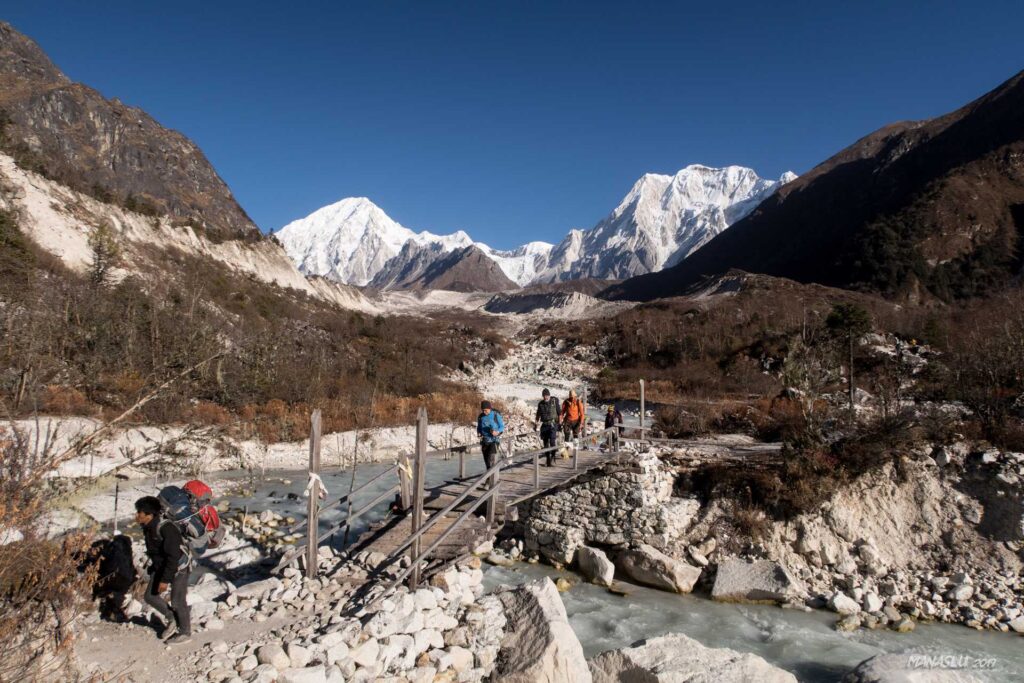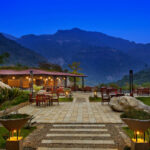Whether you are trekking for the first time or you are a seasoned climber, the Manaslu Circut Trek is a challenging expedition. But with the right preparation and training, you will be able to enjoy your journey.
Training in advance
Whether you’re a beginner or a seasoned veteran, there’s no substitute for proper training before your trek. This will not only help you tackle the challenges of altitude sickness, it will also improve your overall fitness level.
A good fitness regimen should include aerobic exercises, including walking and jogging. These exercises will increase stamina and improve strength.
Your diet should be balanced and full of whole foods. The high altitude can cause health concerns and muscle strains, so eating a nutritious diet is important. In addition, good hydration helps you combat the challenges of altitude sickness.
A few weeks before your trek, you should start training to improve your stamina and cardiovascular fitness. Ideally, your peak fitness should be reached two weeks before your trek. It is also a good idea to separate acclimatization points, so you’re prepared for the high altitude.
Your fitness regimen should also include strength training. Strength training can improve your coordination and muscle mass, which will help you tackle the challenges of altitude sickness.
Weather conditions
Depending on the time of year you visit the region, you may experience different weather conditions. If you are planning a trek in the region, you need to be prepared for a few things.
During the winter, the weather conditions in Manaslu may be chilly. Snowfall may be heavy at times, and temperatures may drop to -20oC at night. You should also pack warm clothes, and make sure you have a down jacket with you.
You should also be prepared for rain, since the region is located near the Bay of Bengal. Rain and cloud cover can create overcast conditions, which can make the trail murky. In addition, you may need to wear crampons for crossing passes.
You may also need to pack a sleeping bag, as the nights may be cold. The trails may be slippery during the early part of February. The unfreezing of streams and waterfalls can also occur in the mid-February. You may also see blooming rhododendrons during the spring season.
Suitable for all types of trekkers
Whether you’re a seasoned mountaineer or an average Joe looking to get out and enjoy the great outdoors, the best hiking boots are essential. They have to be well suited to the terrain and offer excellent support for your feet and ankles.
The top notch ones have an adjustable, shock-absorbing feature, and a strap to hold them in place. They also have to be lightweight, foldable, and not too bulky.
In addition to the best hiking boots, you’ll need the right hiking gear. This includes a good backpack and appropriate clothing.
If you’re planning a long-distance trek, you’ll likely be sweating profusely during the day. To keep your energy level up, you’ll want to consume two to three litres of purified water per day. You can carry a spare water bottle to re-fill at the next camp.
A great pair of sunglasses will protect you from the sun’s rays while at the same time blocking out UV rays, which can cause irritation.
Challenges of the trek
Unlike the Annapurna Circuit, Manaslu Circut trekking in Nepal is less crowded and offers great scenic beauty. But trekking in this region requires a lot of physical and mental preparation.
Acute mountain sickness, unstable weather conditions, and long walks are some of the challenging factors. Hence, acclimatization is a must. You need to drink at least 3-4 liters of water per day to help your body fight altitude sickness.
You can increase your endurance power by doing physical exercises. Doing full body workouts is a great way to improve your strength and flexibility. Jogging and cycling are two great exercises that will help you increase your stamina. You can also do hill intervals by walking on a stair stepper or on a treadmill.
Before beginning any trek, you should consult your doctor. He or she can advise you on what to do if you experience any physical symptoms of altitude sickness. During your trek, you should also take adequate hydration.



